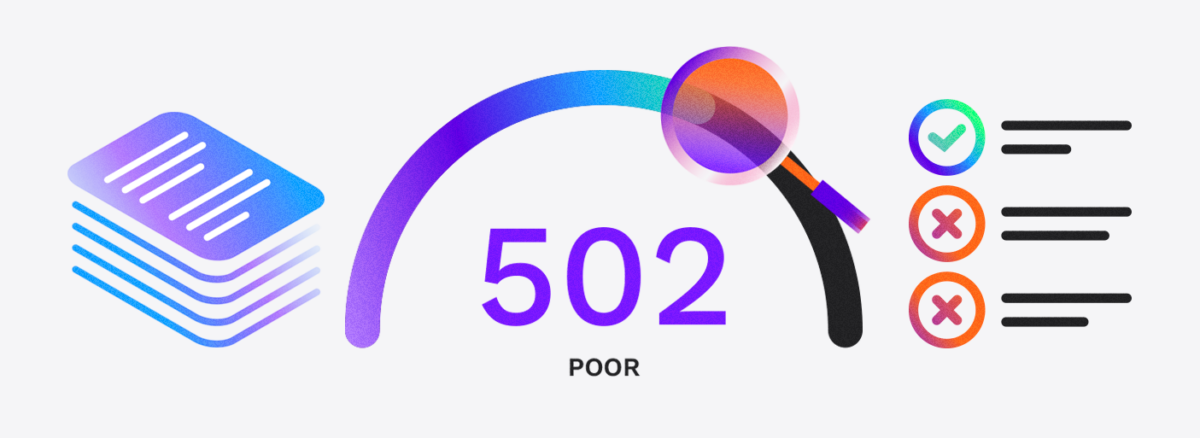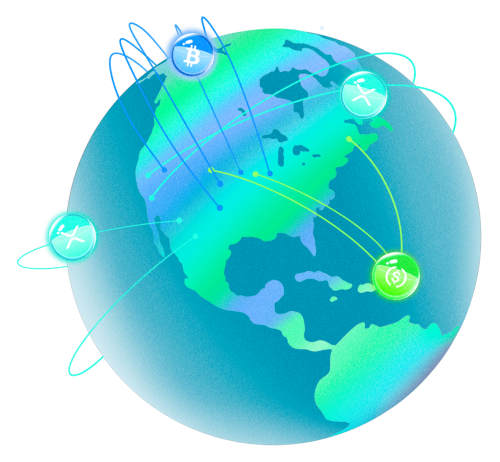Lesson 5
How does DeFi differ from traditional finance?
Decentralized Finance can empower the globe with more accessible and transparent transactions.

Decentralized finance vs traditional finance (DeFi vs CeFi)
Decentralized finance (DeFi) simplifies finance by removing middlemen. With fewer intermediaries, DeFi is more transparent, censorship resistant, and faster to innovate than the traditional, centralized financial (CeFi) system we’re accustomed to. The increasingly widespread acceptance of decentralized finance marks a significant departure from the traditional finance landscape and centralized systems that have prevailed for decades.
The challenges of traditional finance
Our traditional financial systems have a few glaring problems. They have geographical restrictions, strict requirements of use, and limit innovation to a few chosen players. Going into the bank is easy for some and difficult for others, all depending on where you live. This problem is exacerbated in rural areas of the world.
Traditional banking and finance also often involves centralized credit checks and complicated documentation. This can make funds less accessible to people who may have had a challenging financial situation, struggled with credit, or who don’t have the necessary paperwork. In this siloed model, innovation and collaboration is not incentivized, and that just makes things harder for all of us.

How DeFi changes the game
DeFi is all about giving everyone a fair shot at financial services. It stands for Decentralized Finance – basically doing everything the traditional finance system could, but without centralized intermediaries. With a well-executed decentralized system, we can borrow, lend and trade assets without needing banks, middlemen or other large financial institutions. This is a big deal because it helps level the financial playing field for anyone who has an internet connection to manage their money and be part of an equitable system.

A more accessible system means more innovation
Because more people are able to transact and access a decentralized financial system, we’re much more likely to see creativity and innovation from people around the world. Think of it like the open-source web development community: free and easy access to codebases and repositories means more developers collaborating and more developers building and improving existing libraries. Just like closed-source codebases, traditional finance technology will only evolve as fast as the owner or governing organization chooses.

Decentralized finance challenges the status quo
The SWIFT network is a great example of a lack of innovation in centralized financial technology. It was established in the 1970s as a messaging system to help facilitate international transactions, and is still being used across the world today. SWIFT can only be used by banks and financial institutions and can be very costly due to currency conversions and intermediary bank fees.
Transaction transparency in DeFi
DeFi systems are resistant to censorship because transactions are recorded on a public blockchain. Transactions are visible to everyone, which increases transparency and reduces the potential for fraud. Conversely, traditional financial systems lack this level of transparency, transactions and accounts can be subject to censorship based on regulations or decisions made by authorities. These factors make it more likely for participants in traditional financial systems to encounter hidden fees and fraudulent activities.
Risk and accountability in DeFi
Traditional finance relies on credit checks and extensive documentation to mitigate risk. In DeFi, some of that risk is held by the account owner because they must secure their own accounts, or trust another entity with their funds, and most entities like that do not have the same protections banks do.
